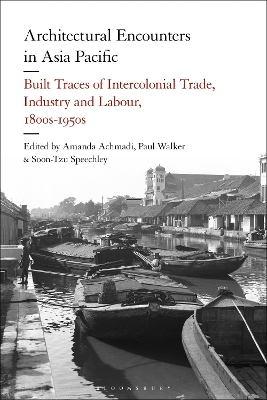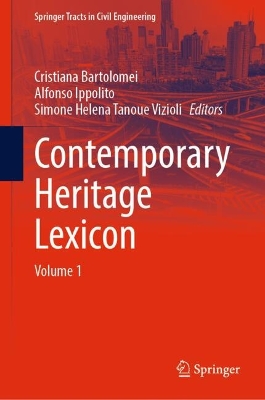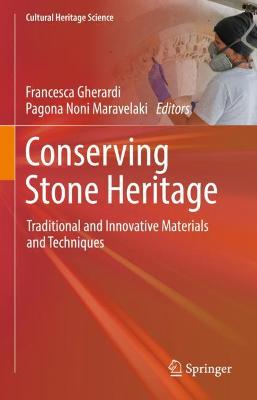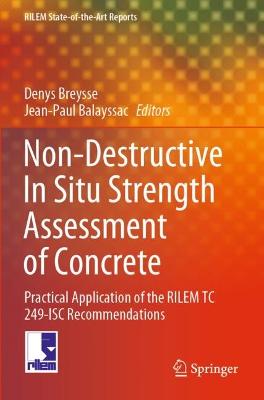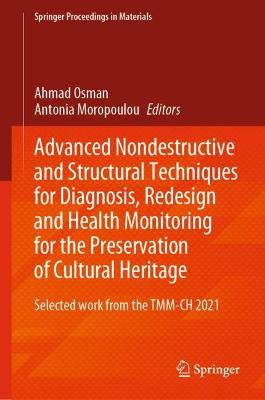Conservation and Restoration of Historic Mortars and Masonry Structures
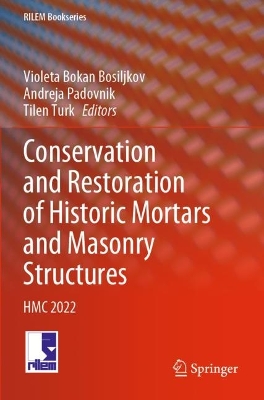 portes grátis
portes grátis
Conservation and Restoration of Historic Mortars and Masonry Structures
HMC 2022
Padovnik, Andreja; Turk, Tilen; Bokan Bosiljkov, Violeta
Springer International Publishing AG
06/2024
623
Mole
9783031314742
15 a 20 dias

